File sharing just got a reality check. Google appears to be working on a significant enhancement to Quick Share that would integrate with Android's most robust security framework, according to Android Authority. If this Advanced Protection tie-in ships, the sender would have to confirm before any transfer begins, closing a loophole that let people kick off sends from an unlocked phone with no verification. The timing tracks with recent security findings that put file-sharing utilities under a bright spotlight.
Why sender confirmation actually matters
Here's the rub. Recipients already have to accept incoming transfers, but Android Authority reports that sending devices do not have to confirm before they start one. So what? Anyone who gets their hands on your unlocked phone could try to beam your files to nearby devices, even if those recipients still need to tap accept.
Picture the everyday mess-ups. You step away from your desk, or leave your phone on a conference table, and someone initiates sends of documents, photos, or work files to a laptop across the room. The recipient still has to approve, sure, yet there is a window where exfiltration attempts can start without you even noticing, especially risky for journalists, executives, or activists.
The proposed Advanced Protection integration shuts that window. Recent code analysis reveals an added flag, advanced_protection_enabled, in the Nearby library, which would trigger a sender-side check. In short, if a bad actor briefly touches your device, the transfer cannot silently begin.
What's clever here is the selective switch. The extra checks would only kick in for people enrolled in Android's Advanced Protection Program, which provides the strongest protections against phishing and account hijackings. High-risk users get the heavier armor, casual sharers keep the breezy tap-and-send flow.
The security landscape that sparked this change
To see why this matters, rewind a bit. Quick Share has evolved a lot, originally launching in 2020 and being rebranded from Nearby Share in early 2024 when Google unified it with Samsung's Quick Share.
The big jolt came when SafeBreach researchers discovered ten vulnerabilities in the Windows version, including critical bugs that could enable remote code execution. As SecurityWeek detailed in August 2024, attackers could bypass file acceptance dialogs and even force Wi-Fi connections, a setup that invites man-in-the-middle attacks.
Google assigned two CVEs in response, CVE-2024-38272 with a CVSS score of 7.1 for file approval dialog bypass, and CVE-2024-38271 with a score of 5.9 for forced Wi-Fi connections. That first flaw hits especially close to home here, it let attackers send files without recipient approval by twisting the protocol. If sender confirmation had been present, it likely would have interrupted or complicated this exploit chain at an early stage.
The forced Wi-Fi issue let devices be tricked into rogue hotspots, a perfect staging ground for interception and persistence. Chained together, these bugs painted a clear picture, file sharing is a juicy target, and sender checks are not just nice to have, they are a brake pedal when you need one.
What Advanced Protection brings to the table
Android's Advanced Protection Program is Google's heavyweight option, and bringing it into Quick Share extends those safeguards to everyday transfers. The program was introduced in 2017, built for people who face sophisticated attacks.
The integration leans on new system hooks in Android 16, which introduces ways for apps to check if Advanced Protection is enabled and then flip on stricter rules. Quick Share can adjust its posture automatically, no settings spelunking required.
It is not just a prompt. Advanced Protection brings a layered model, hardware security keys, tighter account monitoring, and limits on risky installs, so file sharing becomes one part of a broader shield instead of a lonely weak point.
Experts view this integration as a proactive move that matches how attackers actually work. By requiring explicit sender confirmation for Advanced Protection users, the system stacks barriers in front of data theft and turns Quick Share into a tool that helps guard sensitive info rather than exposing it.
How this fits into Google's broader security strategy
This tweak to Quick Share lines up with Google's wider mobile security push. The company has rolled out Theft Protection features that target physical device abuse, and sender confirmation complements that work by cutting off opportunistic file grabs.
The cadence matches feature updates elsewhere. In April 2025, Android Police reported a Quick Share update that lets recipients preview files before accepting, via Google Play Services version 25.14. Put together, sender confirmation on one end and file previews on the other create a cleaner, safer handshake.
Samsung is tracking the same beat. The company has been introducing new Knox-based features for Quick Share, including permissions controls, expiration dates, and end-to-end encryption. Different pieces, same idea, layer defenses so convenience does not outrun security.
This shift treats file sharing less like a cute utility and more like a transaction that deserves real guardrails.
What this means for your daily file sharing
Bottom line, if you are enrolled in Advanced Protection, you will probably see an extra confirmation when you send with Quick Share. It is one small tap that shuts down a very real attack window, valuable if you handle sensitive material or face elevated risk.
The feature strikes a workable balance, protecting high-risk users without adding friction for everyone else. Journalists, activists, executives, and other high-value targets get the belt and suspenders, everyday users keep the speedy experience that makes Quick Share easy to love.
Given Quick Share's expanding footprint, including Google's preparation for iOS support, these expectations will shape how cross-platform sharing feels. As the feature set grows across devices, the safeguards set here could become the baseline for everyone.
Looking ahead, sender confirmation could graduate from an Advanced Protection perk to a standard toggle as threats keep evolving and users get more security savvy. I would not be surprised if this becomes the default once it proves itself in the wild.







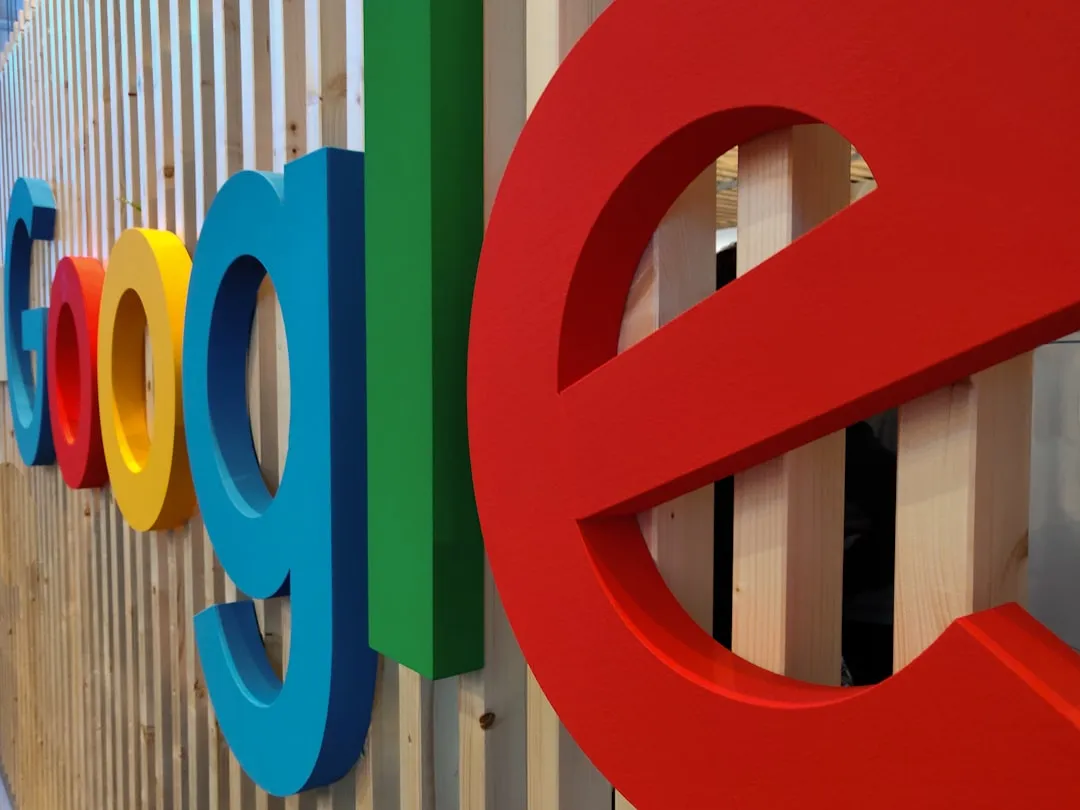
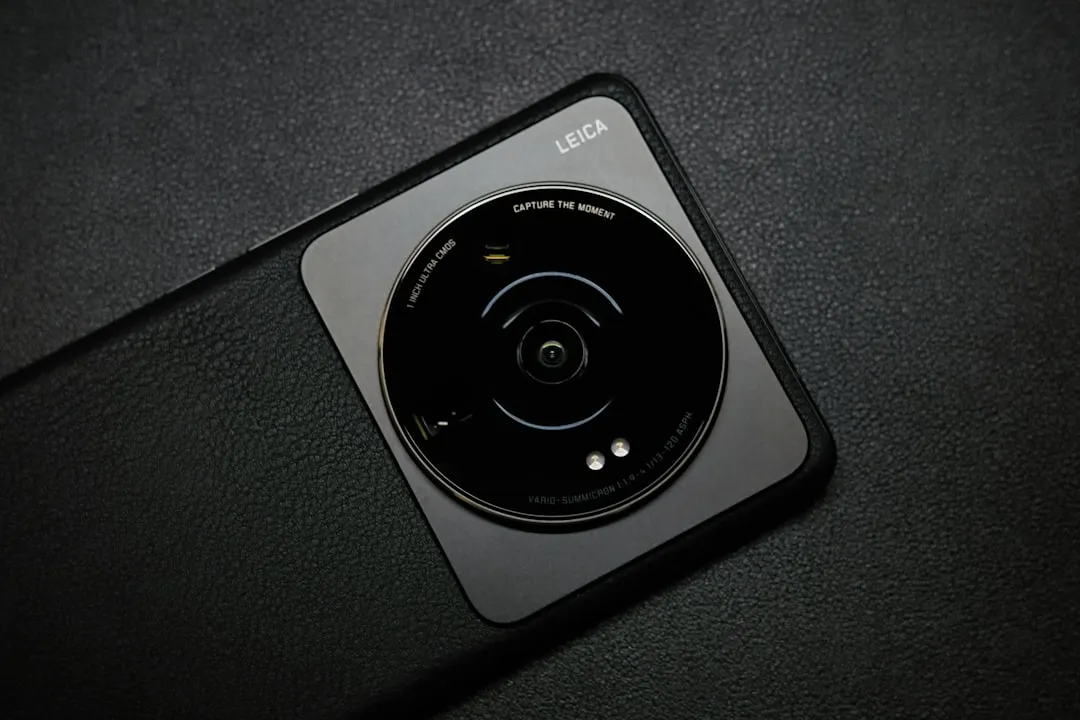
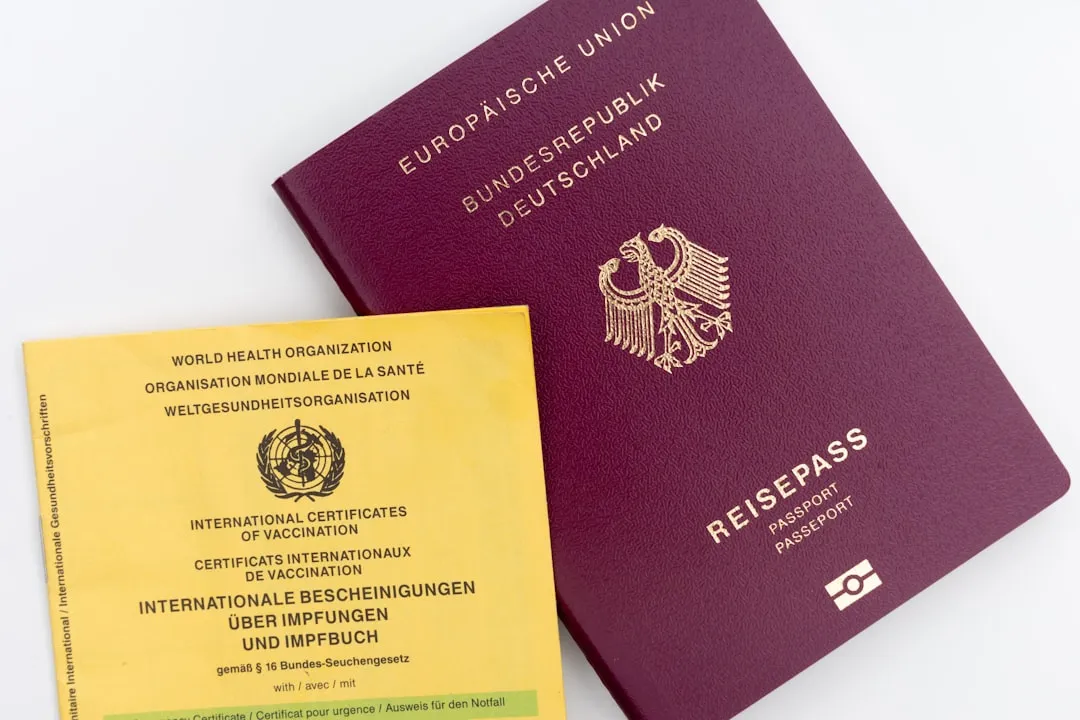

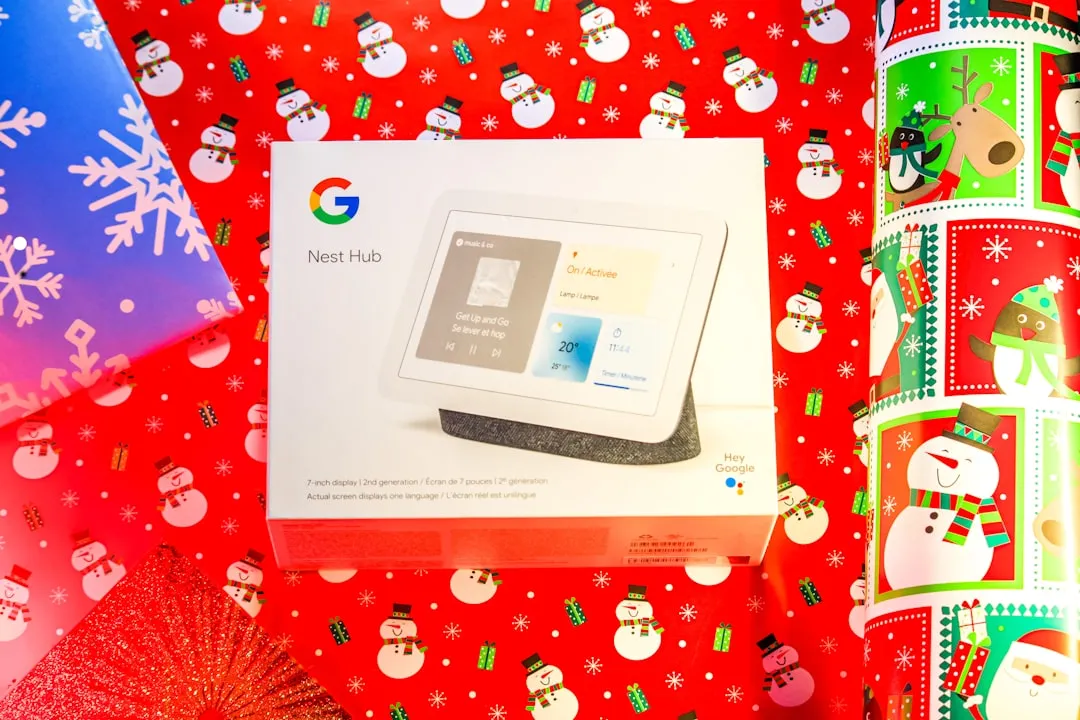
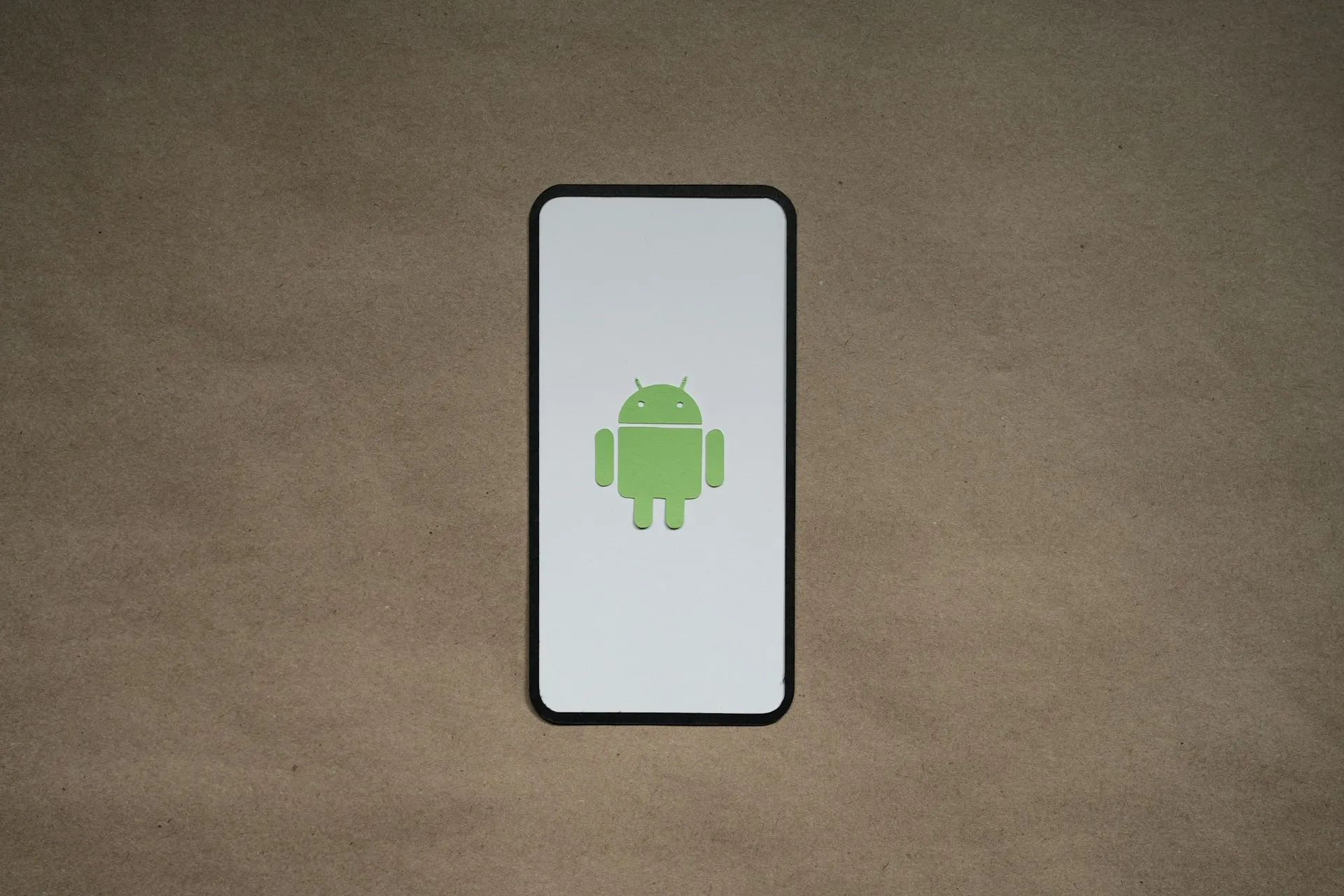
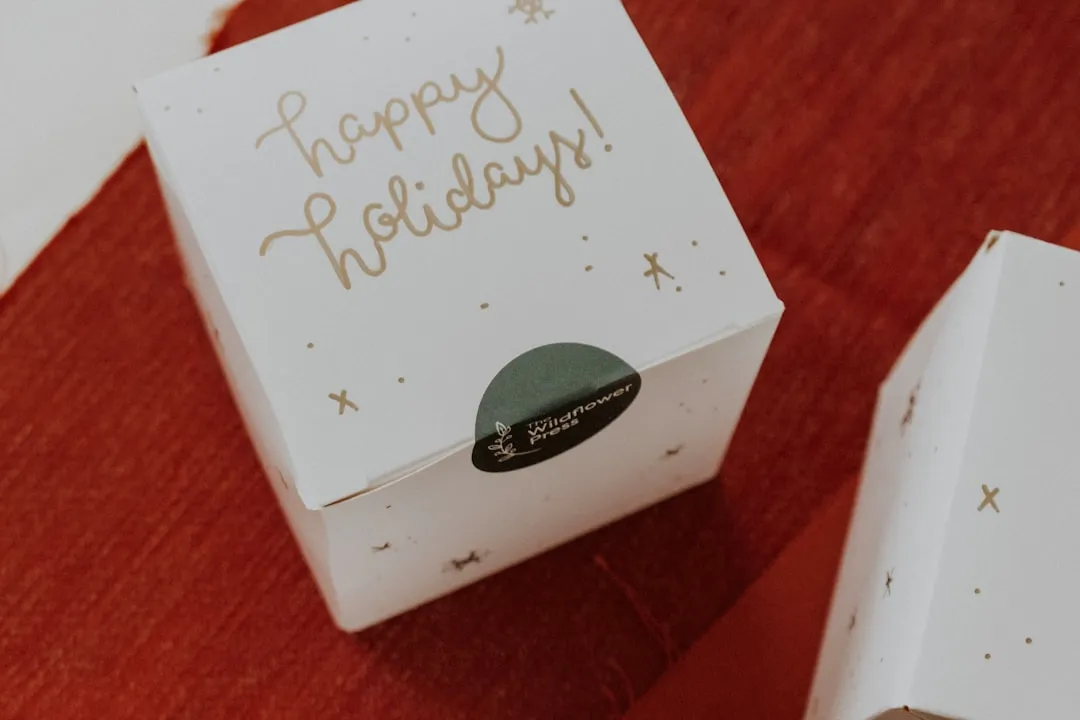
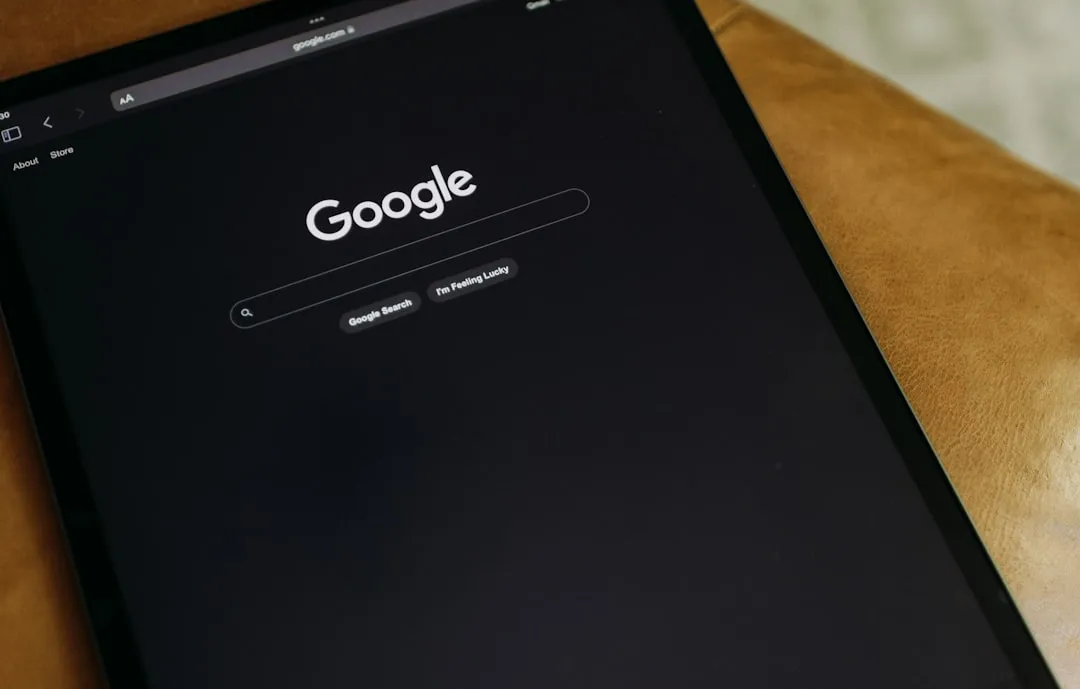
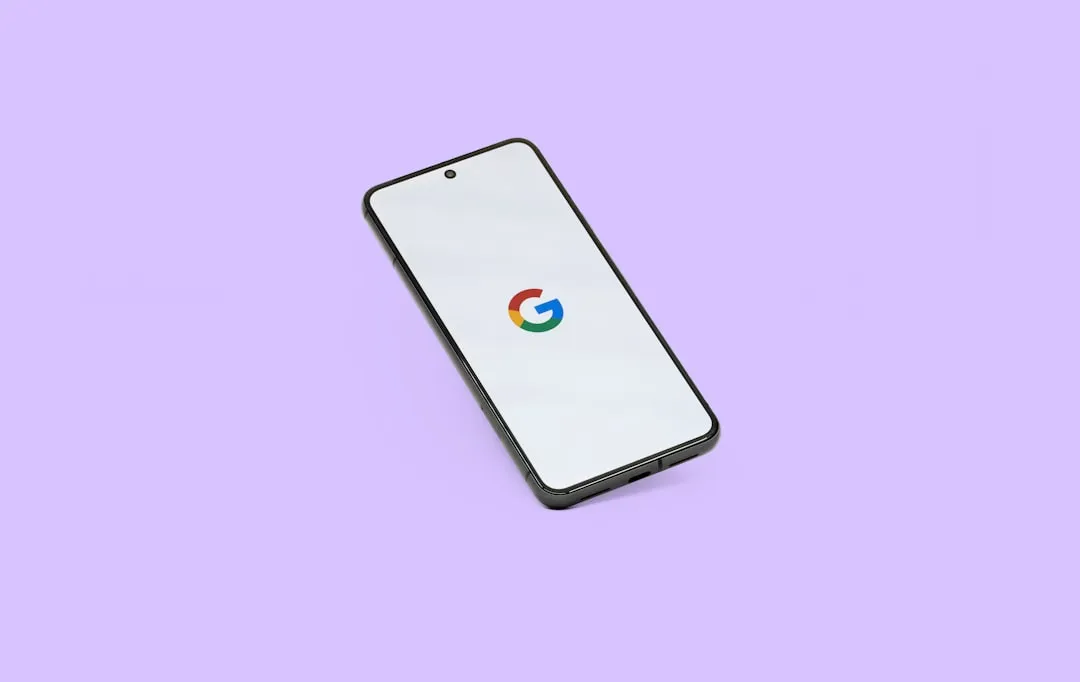
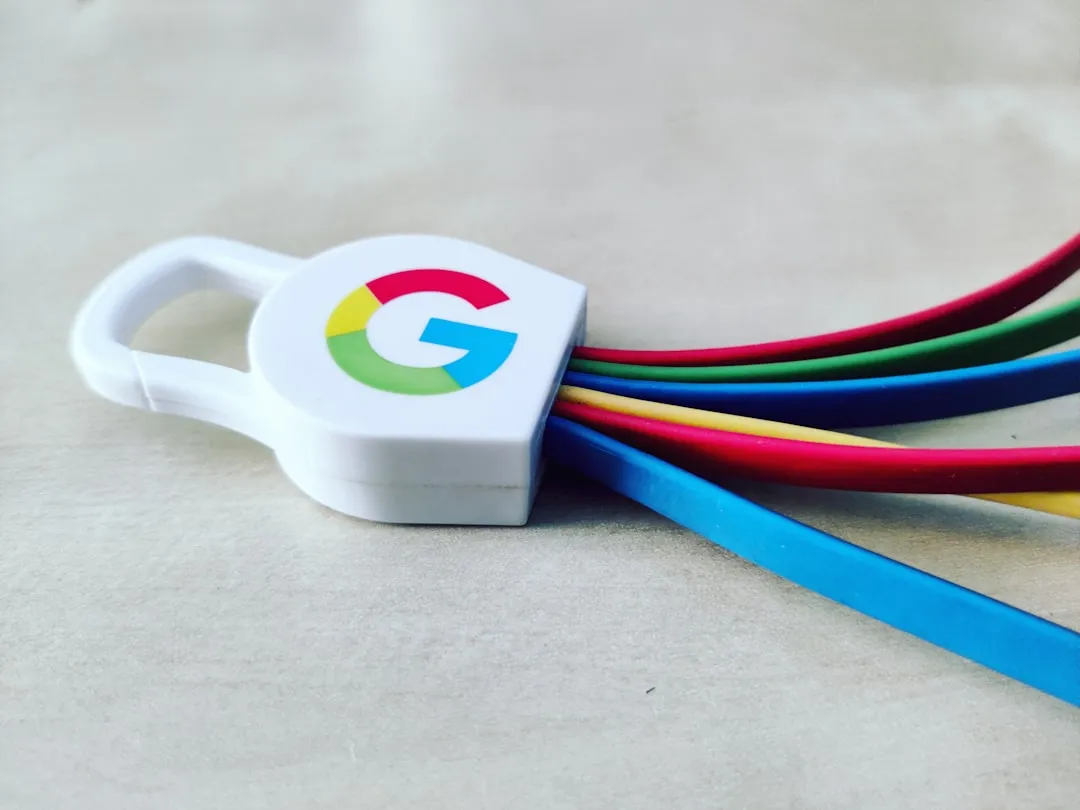
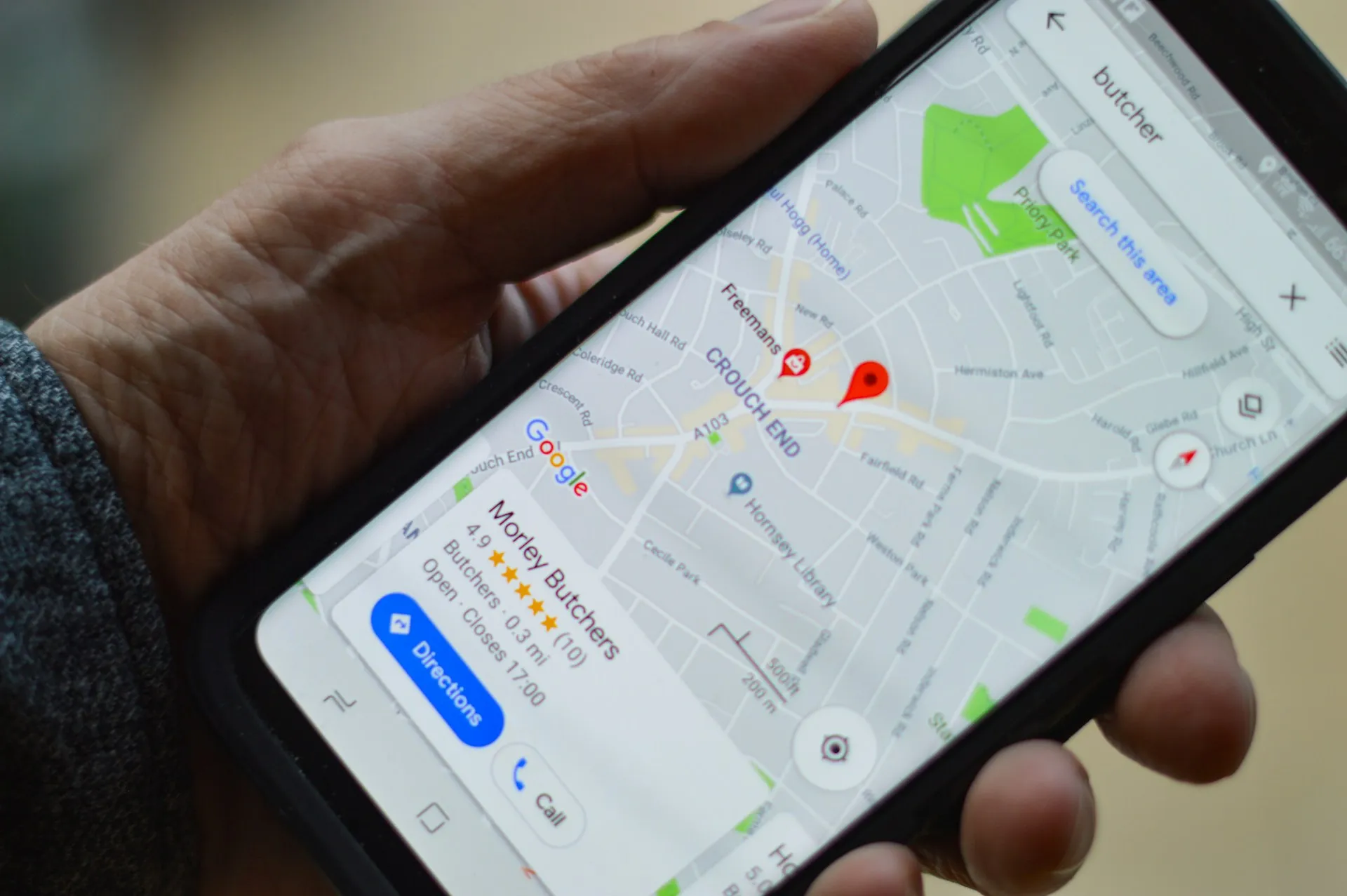
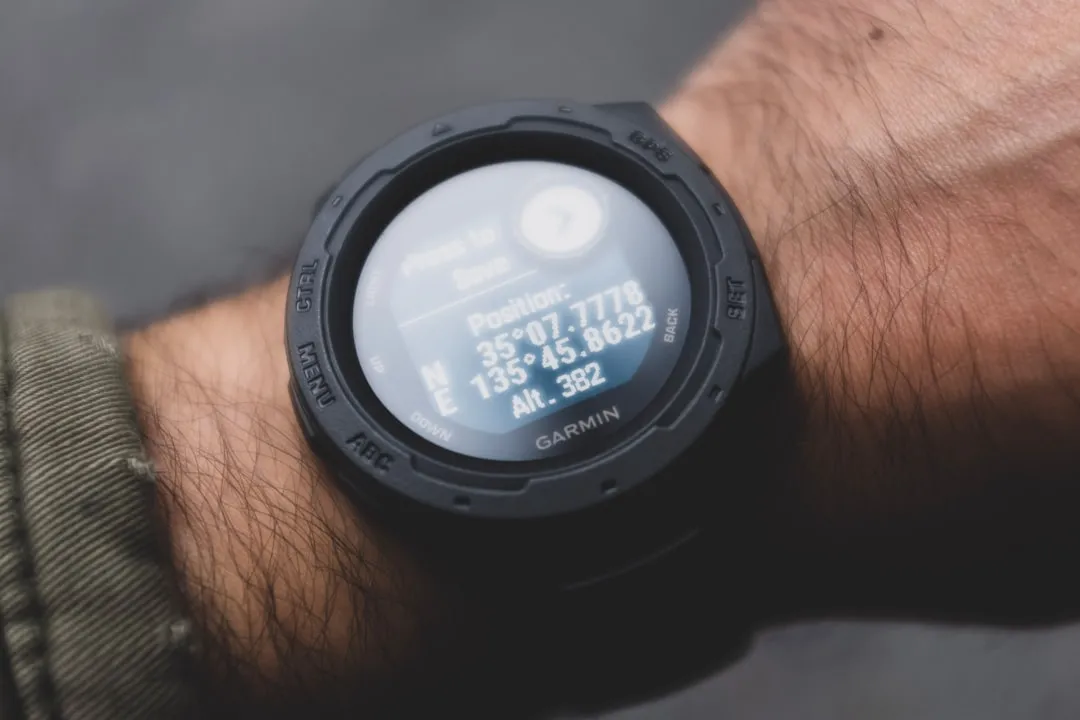
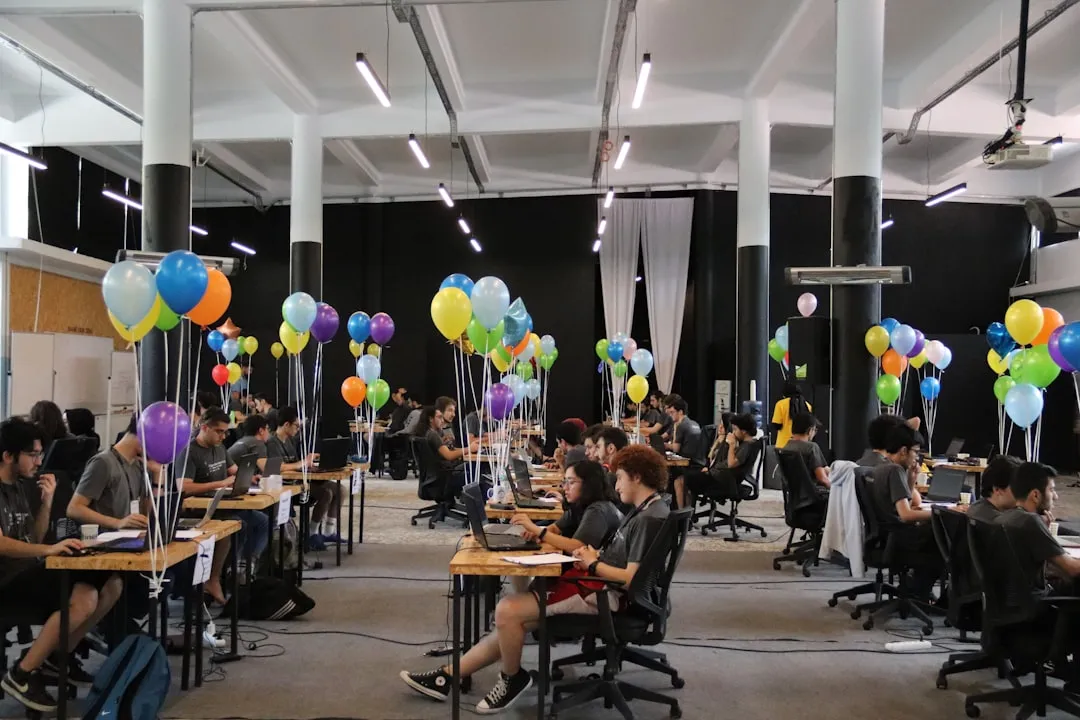
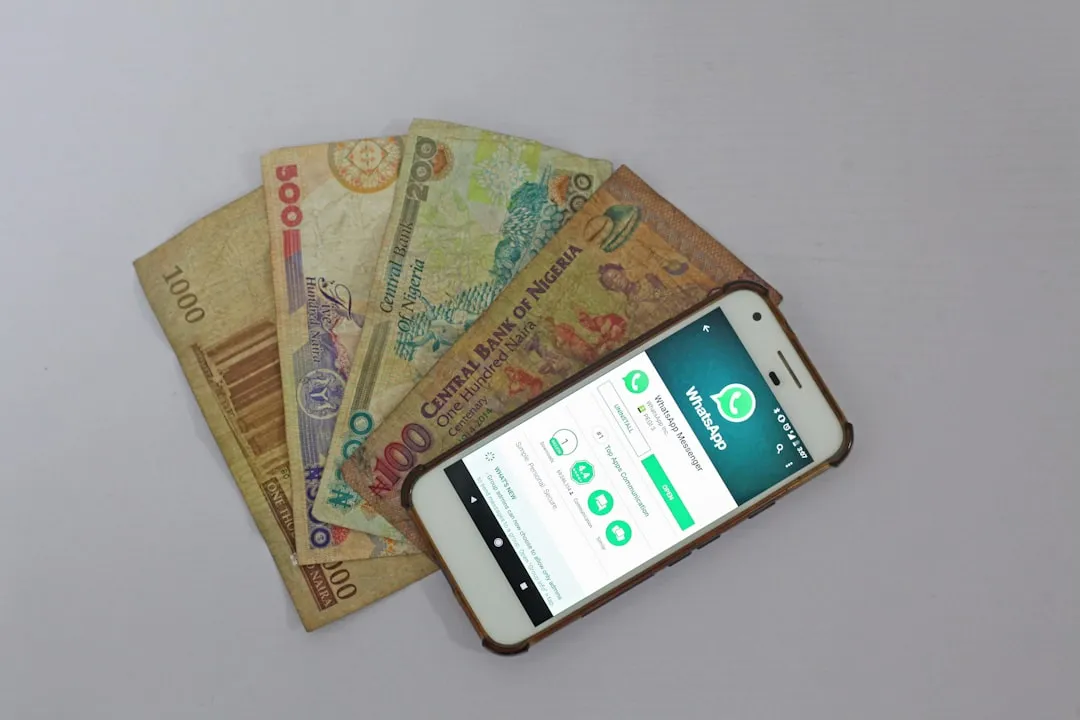
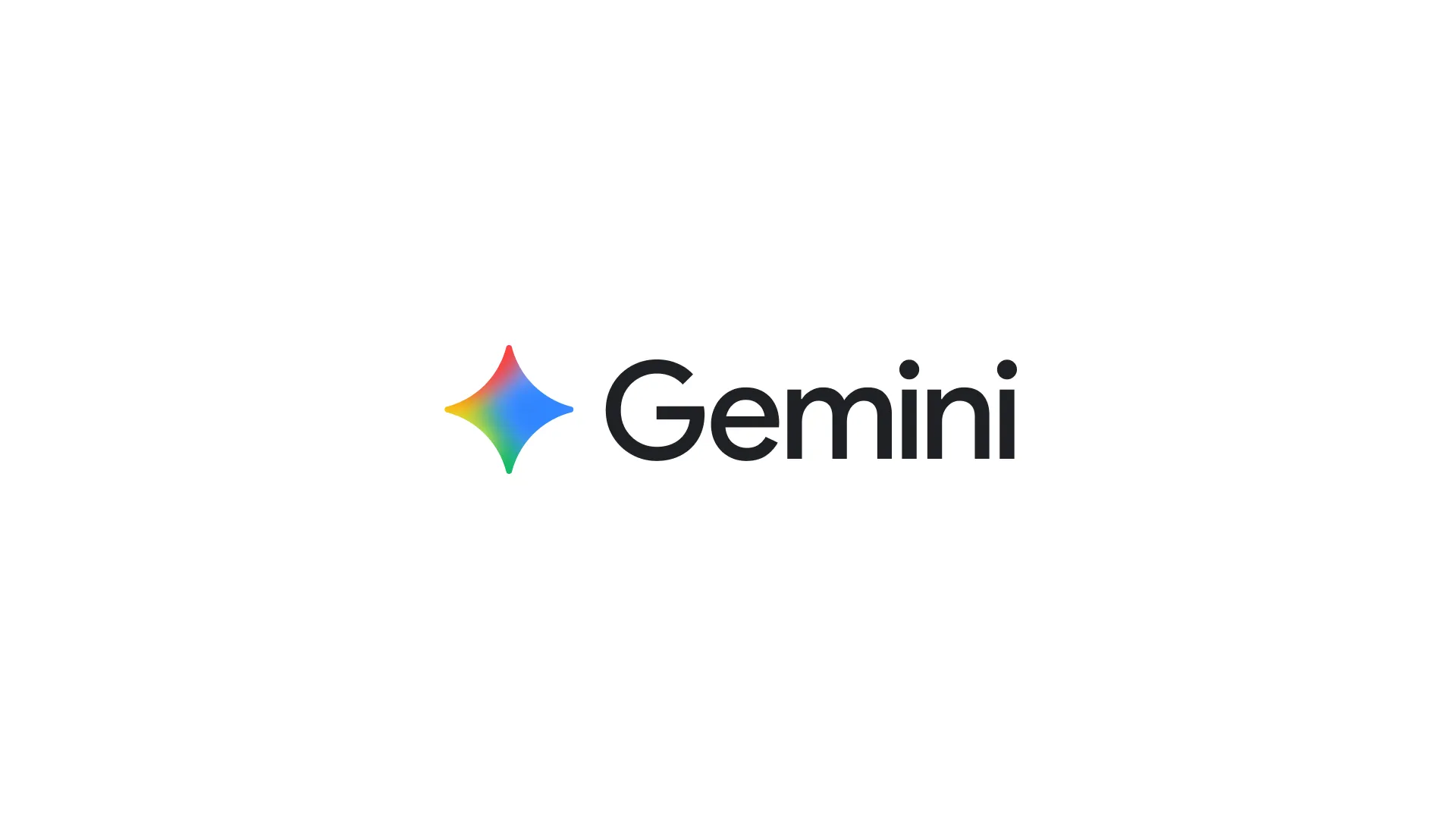
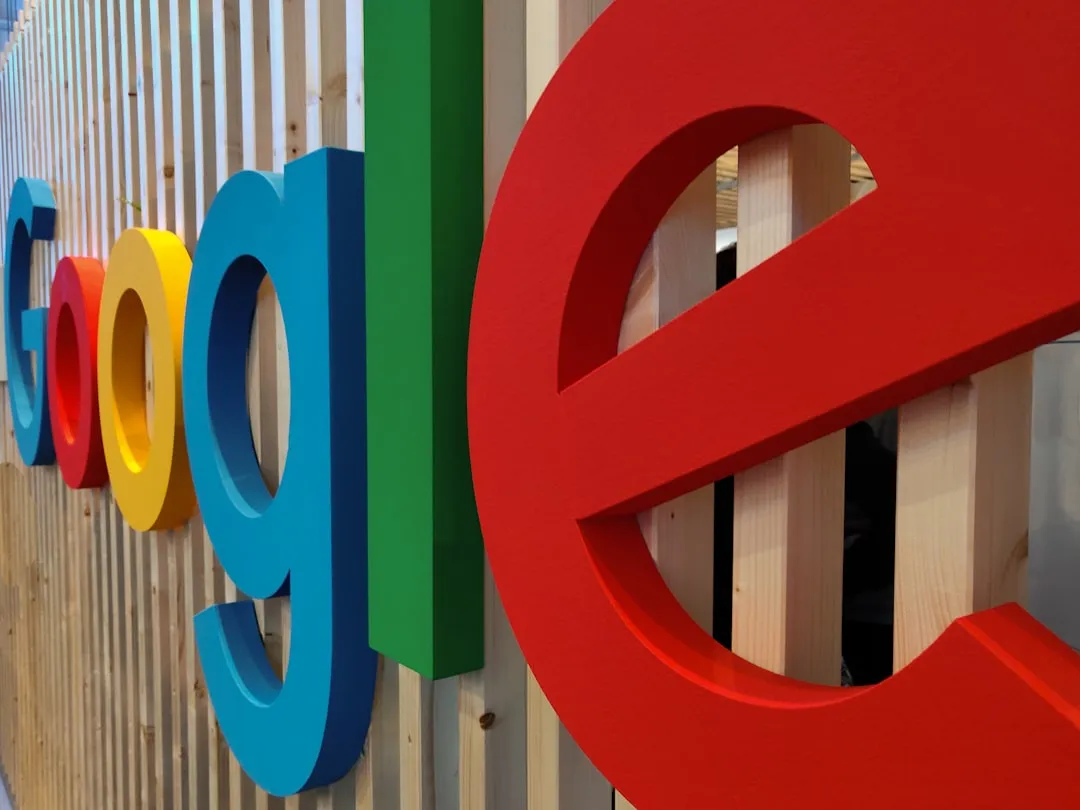
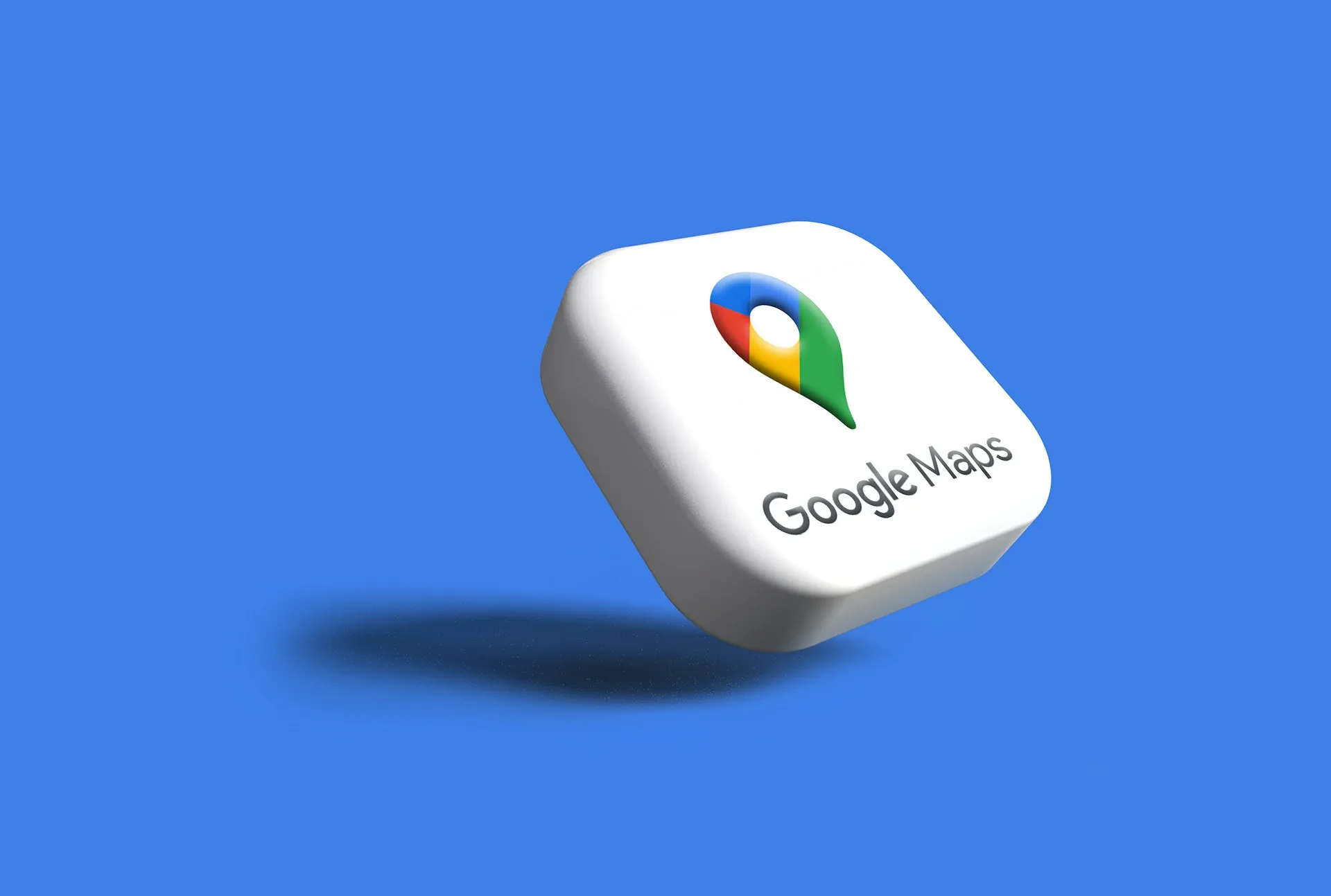
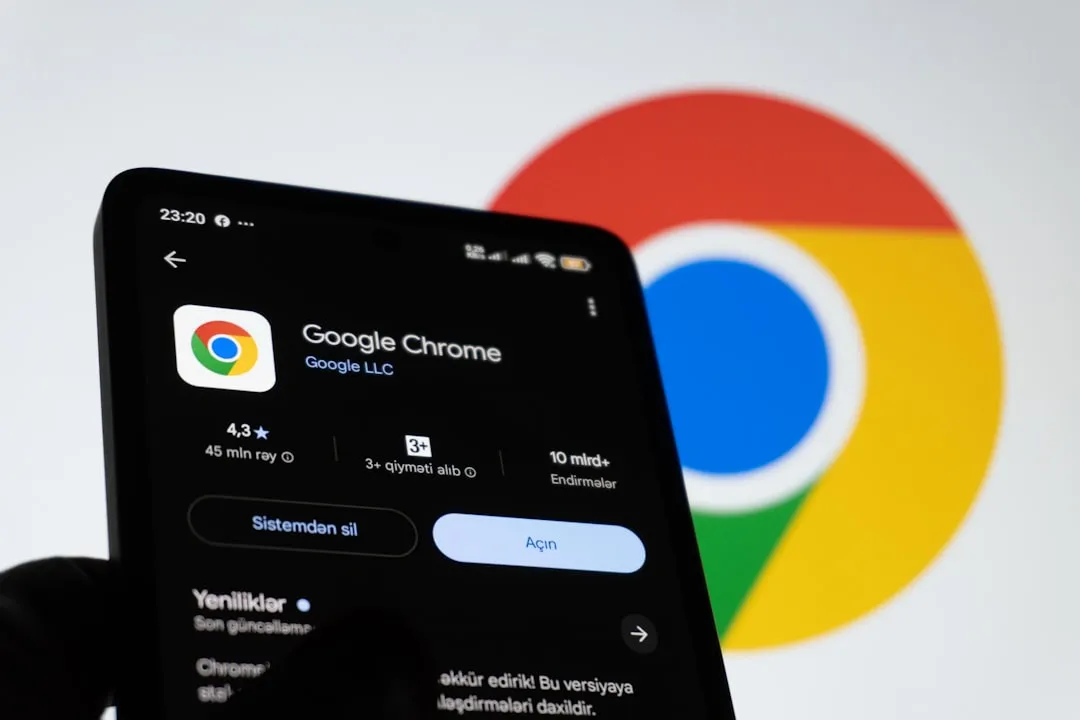

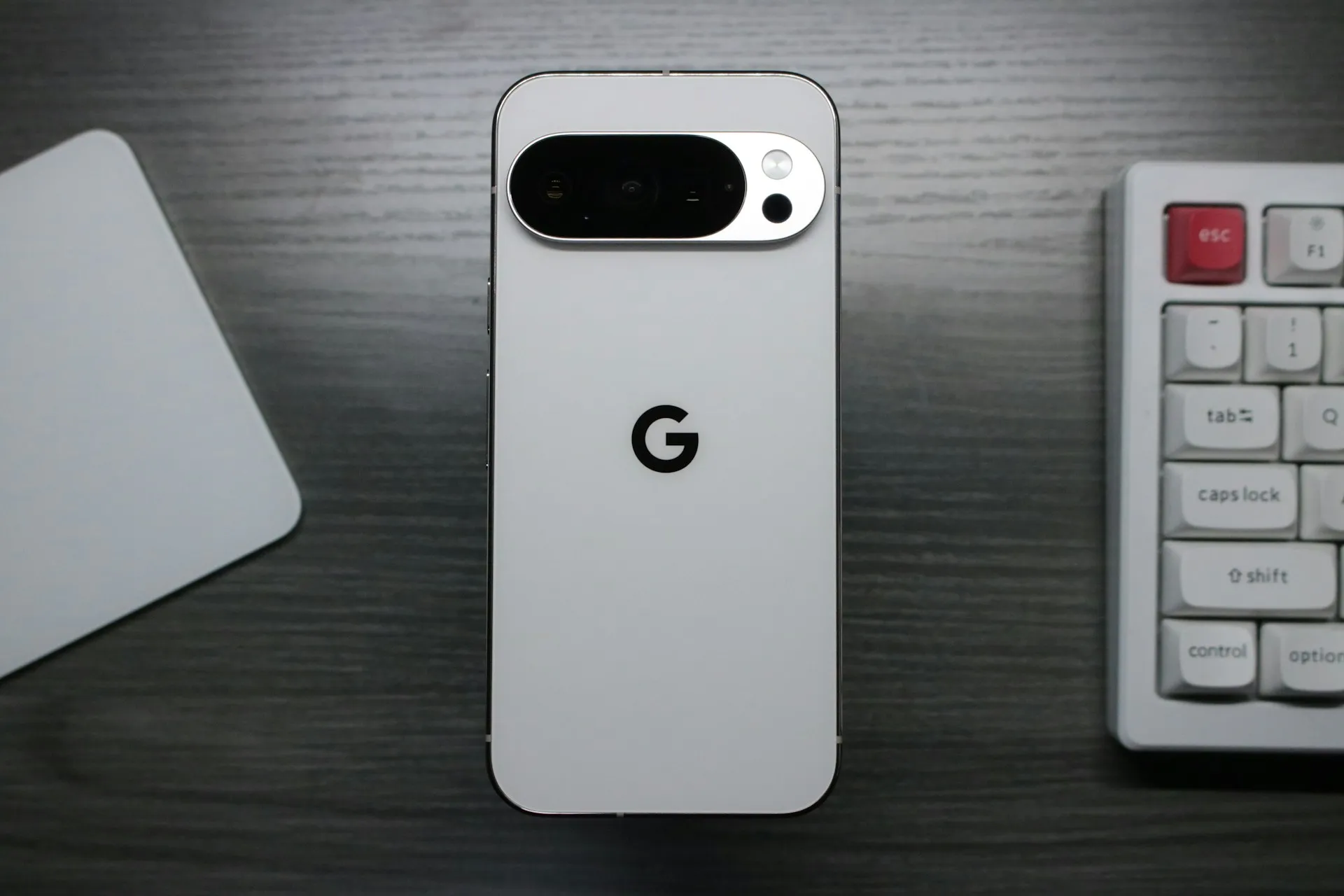
Comments
Be the first, drop a comment!